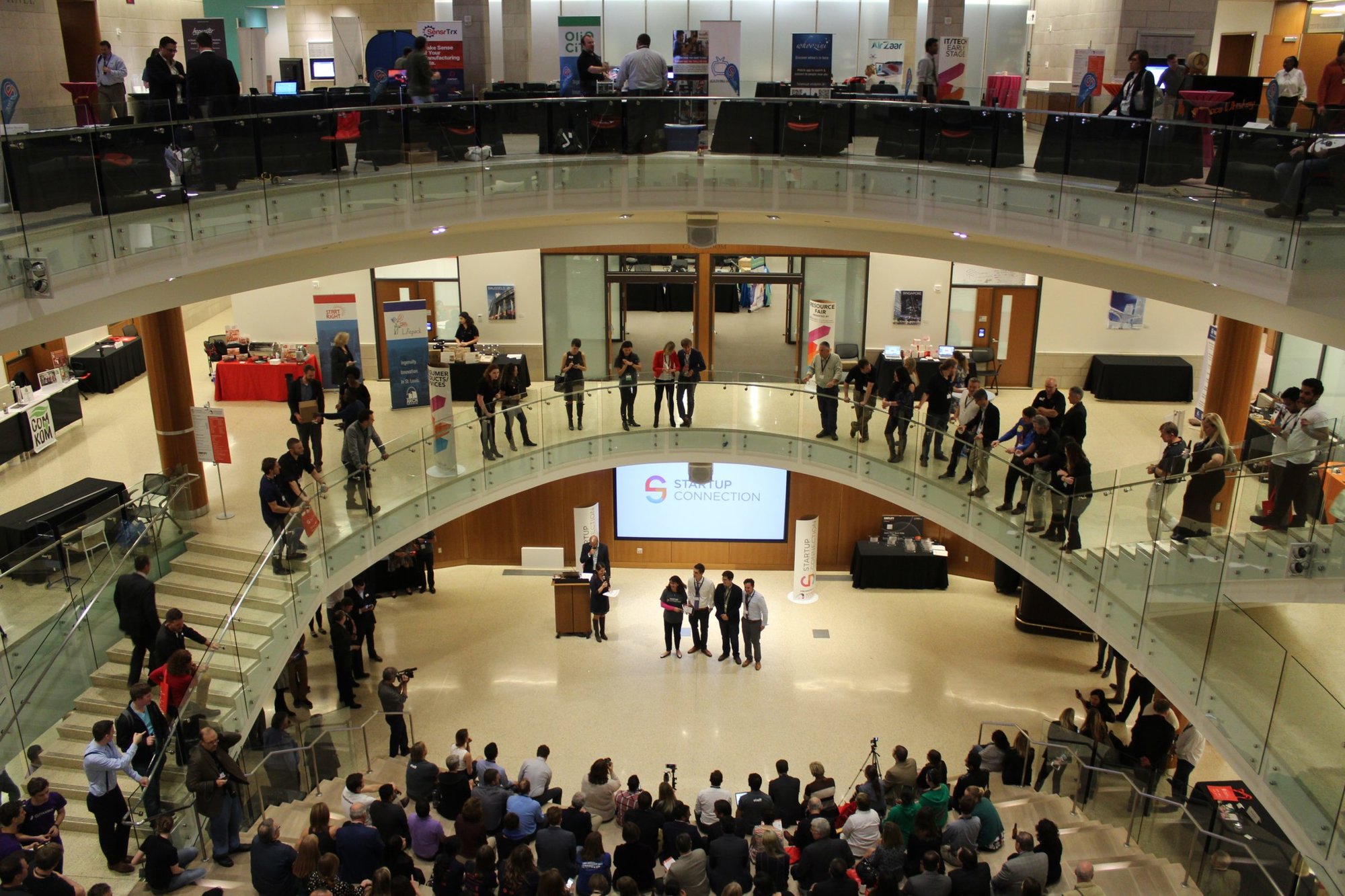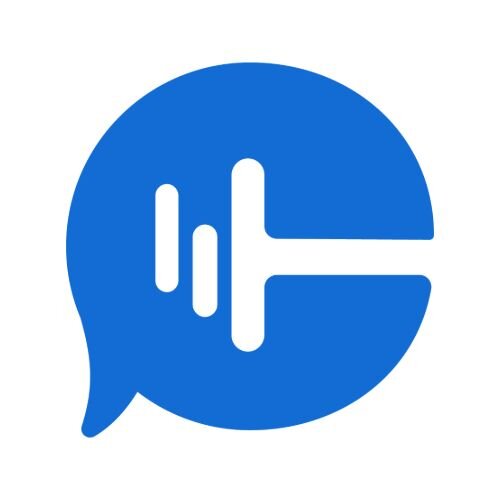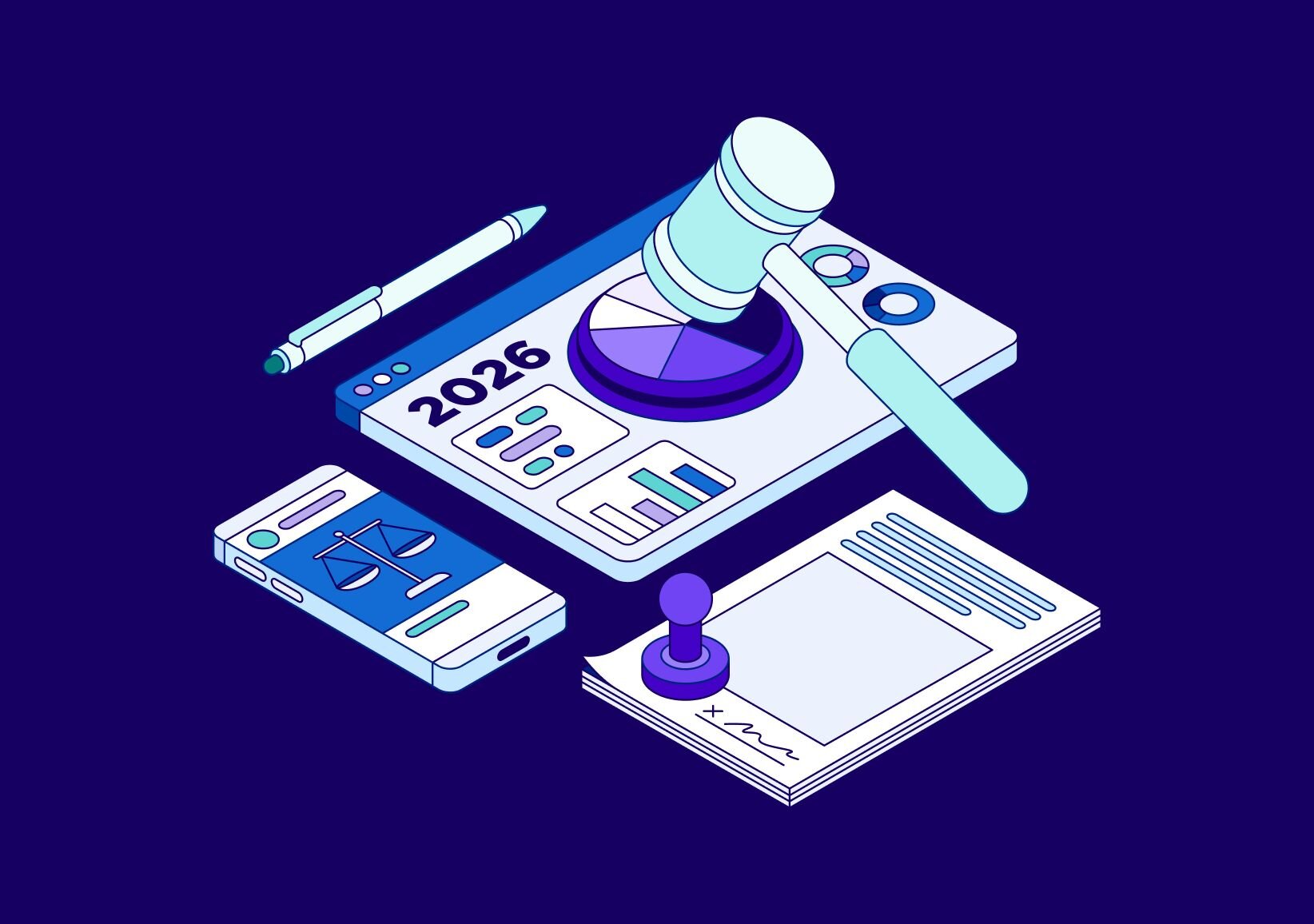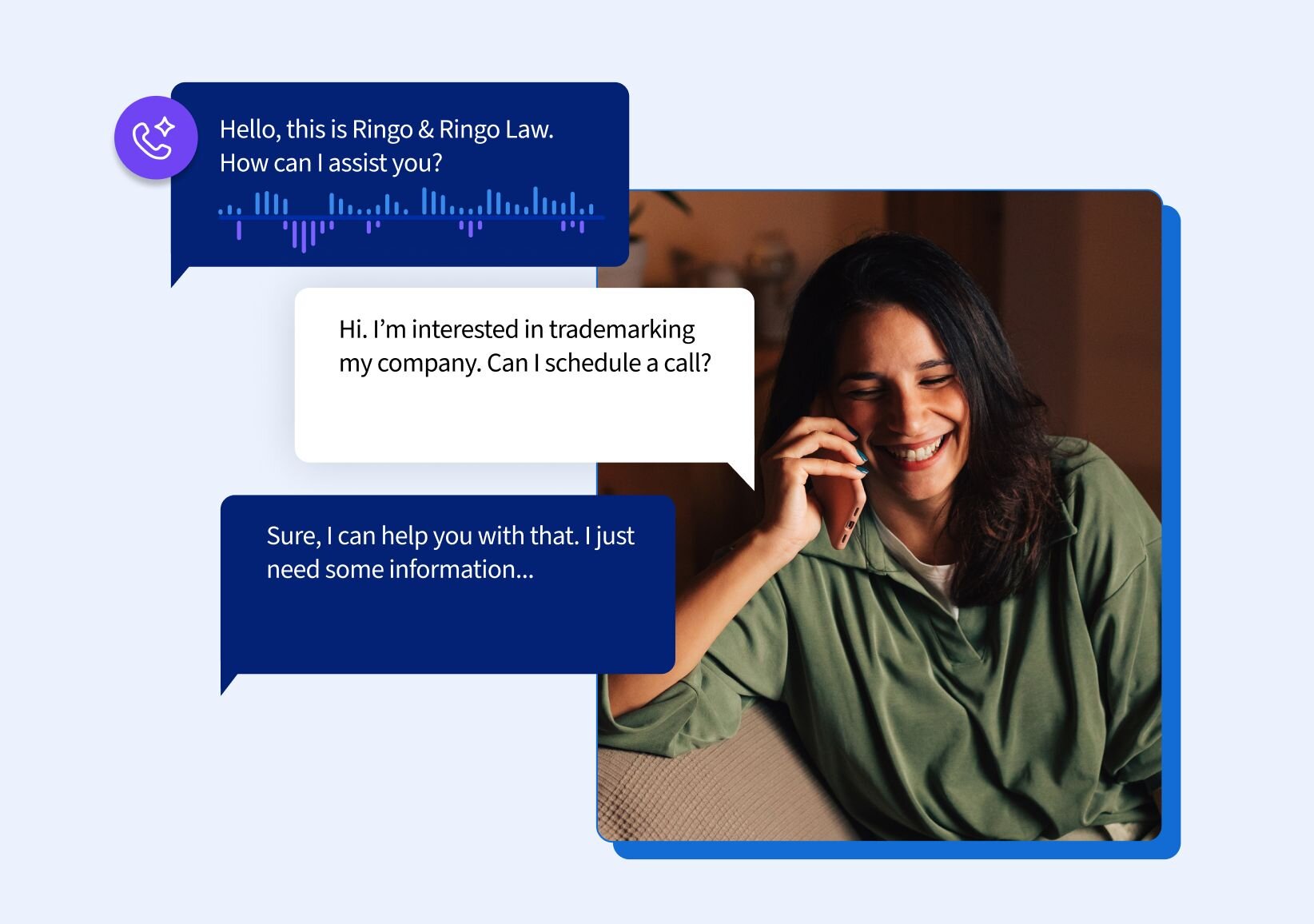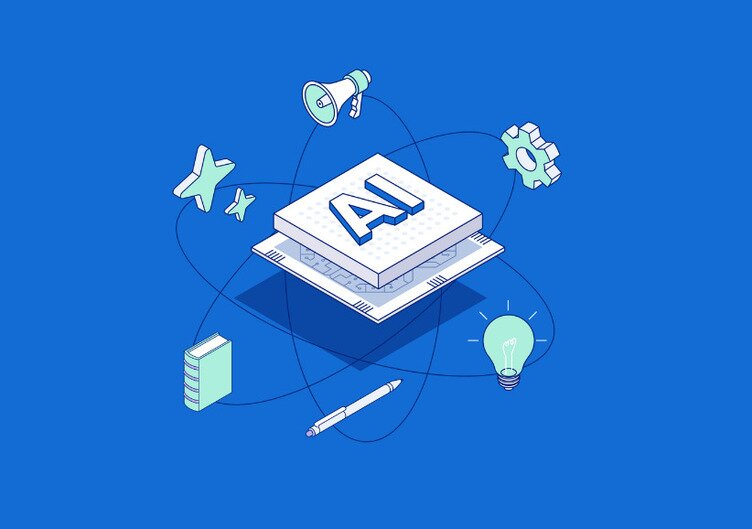Brainstorming On The Way
Before even landing in the “Great White North,” (Canada for the uninitiated), I was already thinking about the kinds of conversations I’d be having at Unbounce’s annual Call to Action Conference. When I was inevitably asked to sit down with Rand Fishkin or Oli Gardner, what thought provoking ideas about the world and the current state of marketing would I bring to the table? Would it be a slew of new ideas on how to innovate the PPC space? My thoughts on the best beard and mustache balms? Or would I be constantly cutoff by their words of admiration for my sense of humor?
Unfortunately, I never found out. The intimate dinner and or drink session never happened.
I did however, still come up with a few ideas I thought were worthy of discussing. Most notable was the idea that CRO (conversion rate optimization) and SEO/intelligent website design — are at odds with each other. CRO would dictate that we eliminate potential click paths on our site to funnel users to purchasing pages, but that can’t be the right solution for all products/websites. We’d minimize page content to what is just necessary and again funnel users towards purchase pages, but at the risk of not providing enough content to satiate a user’s curiosity about the product.
CRO Isn’t One Size Fits All
Traditional CRO tactics won’t always be best when designing a website or when designing a landing page. What if you need to spend time educating prospects before ultimately sending them to a purchase page? What if due to the lack of navigation on a homepage, a user is confused, leaves the site and never returns? Or what if they just feel plain pressured into signing up or giving their info — and again they leave the site, never to return?
These were some of my thoughts going to the Call to Action conference and come Day 2, I was pleasantly surprised when Rand brought up “the conflict” between CRO and SEO. Now, his talk started to talk about how Google is ranking websites based on engagement; long-click vs. short click, how often users go to another site after visiting the #1 ranked site, and in general how the main ranking factors for SEO now point to “Did this result solve the searcher’s query?” While this was all fine and dandy for every SEO in the room, as a primarily paid search advertiser, I was thinking about the implication for my paid campaigns.
Yes, I need to be optimizing my landing pages for conversion, and yes some tenets of the school of CRO, like not including any buttons that link to additional pages on your landing page, can be viable optimizations, but this particular school of thought doesn’t apply to every scenario. Brand searches for instance – are likely going to be best served to a page with a wealth of information about our brand and our product (maybe the home page for example), vs. a landing page. Now, this is something I have tested and continued to do so, but I think there’s tremendous value in trying to find the ideal balance between a website optimized for conversions explicitly and one just trying to solve the searcher’s query.
How do we figure this out?
While I don’t have an exact answer to this yet, the next move is to dive into user’s site behavior. Which pages are being visited more frequently, which are visited less? How far are users scrolling down certain pages and are users staying on the page long enough to read the content? What segments of site visitors visit more than 3 pages and which visit less? These are the kinds of metrics that we need to dive into to understand our site visitors and ultimately optimize our site to both convert as many visitors as possible while also providing a wealth of information for visitors who arrived both organically and via paid.
This is where Dana Ditomaso’s fantastic talk about PPC reporting and tactics started to come into play. Let’s not just dig into conversion rates and conversion volume. Let’s look at conversion rate by our target customer segment and see how we perform with those visitors. Additionally, let’s run be sure we’re tracking everything we can in analytics and Google Ads (formerly AdWords) to get the clearest picture possible about or customer’s interaction with our site. We want to track more than just explicit conversions, form-fills etc. We also want to track clicks to a “get directions,” page, clicks to a “contact us” page, that may not have lead to an actual contact and so forth. Dana even brought up Full Story (shout out local ATL business!) as an even better way of tracking user site behavior as it literally records the user’s session. How they interact with the site, which links they hover over, which parts of the page they click, which parts they try to click. All of this can provide a startling amount of insight about how your site may need to be redesigned or how your site is designed really well.
Have we answered the question of what is the perfect balance between a conversion-focused/optimized site and a smartly designed one that focuses on solving users problems? Definitely not, but we’re making headway and with an increasingly competitive marketplace for PPC and SEO marketers, headway in the right direction is important.



